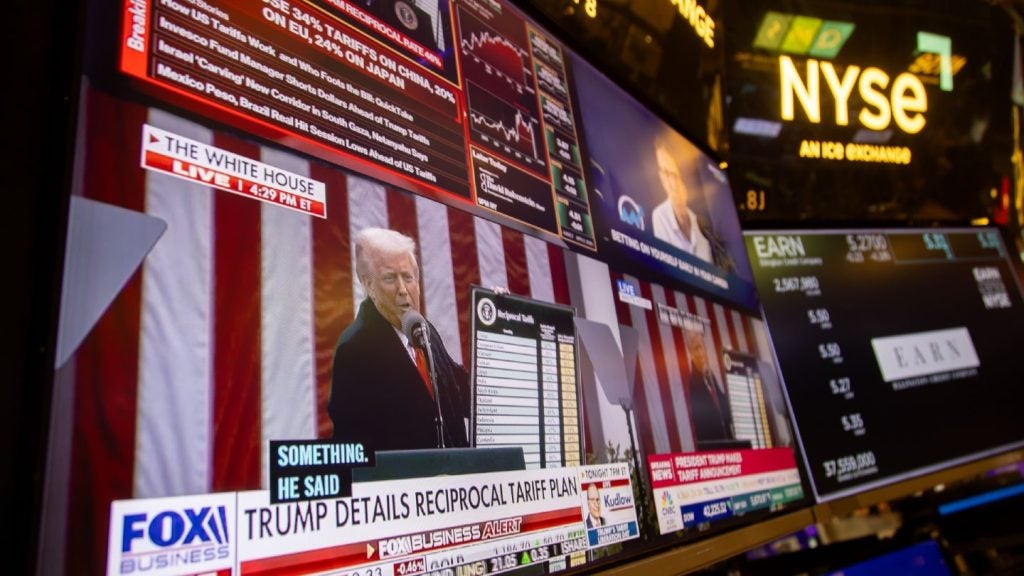Climate targets are looking out of reach for Big Tech.
Since 2020, Google’s greenhouse gas emissions have risen by 66% and Microsoft’s by 40%. Both companies want to generate net zero emissions by 2030. The main reason behind the upshoot in emissions is data centres, which are used to provide cloud-based services and are the engines behind artificial intelligence.
Data centres consume a large amount of energy—between 1–1.3% of global electricity demand, according to the International Energy Agency. But emissions are not just from power. Big Tech companies are finding that building more data centres, which requires masses of steel, concrete, and IT equipment, is creating a large amount of emissions that are harder to tackle.
Big Tech – a challenge of cleaner construction
Steel and concrete are carbon-intensive materials to produce. They require lots of heat but also release carbon dioxide as part of the chemical reactions used to make them. There is no easy path to producing net zero steel or concrete. The main ways are through carbon capture, which is expensive and not always possible to retrofit to existing plants, and green hydrogen, which is not yet widely available in the amounts needed by the global steel and concrete industries.
Microsoft has made a strategic investment in H2 Green Steel, which has raised $6bn to build a combined green hydrogen and steel production facility. The plant will use renewables to produce green hydrogen, and then use the hydrogen to produce steel. With its investment, Microsoft may be one of the first Big Tech companies to get its hands on steel with little to no greenhouse gas (GHG) emissions associated with it.
Until then the goal will be looking for marginal improvements. In 2023, AWS built 36 data centres with lower-carbon concrete. Many companies are finding ways to produce lower-carbon concrete by making changes to the mix of materials used. The GHG-intensive part of concrete production is in production of a material called clinker. Using mixes that use less clinker has proven a straightforward way to remove a good slice of concrete’s carbon footprint. The longer-term challenge is decarbonising the clinker entirely. AWS is also using higher-strength steel, which reduces the amount of steel in a three-story data centre by 137 tons.
Big Tech is also using more ‘mass timber’, a type of engineered wood that can reduce dependence on steel and concrete and has much lower emissions associated with it. Google has a policy of adaptive reuse—where it repurposes existing buildings rather than building new ones—and is trying to cram more high-density machines into existing buildings.
The scramble for clean electricity
Big Tech’s demand for low-carbon electricity is rapidly outpacing supply. In June 2024, Amazon, Google, and Microsoft asked the Irish government to let them build their own power lines, so they could connect directly to solar and wind farms. In January 2024, Microsoft struck a major deal with Qcells, based in South Korea, for 12 Giga Watts of solar panels. In November 2023, Google helped a company called Fervo build a new geothermal power station in Nevada to connect to the local grid that feeds two Google data centres.
Equinix and Digital Realty, two data centre operators that lease data centres to Big Tech, have ordered small modular reactors (SMRs), a new type of prefabricated nuclear reactor that can be delivered on a trailer. These SMRs are being provided by a new wave of nuclear startups looking to sell directly to power-hungry corporations that want greater energy security.
As data centres become a larger environmental and business-critical issue, do not be surprised if Big Tech wades further into the energy and construction sectors by building strategic alliances and gobbling up startups.









